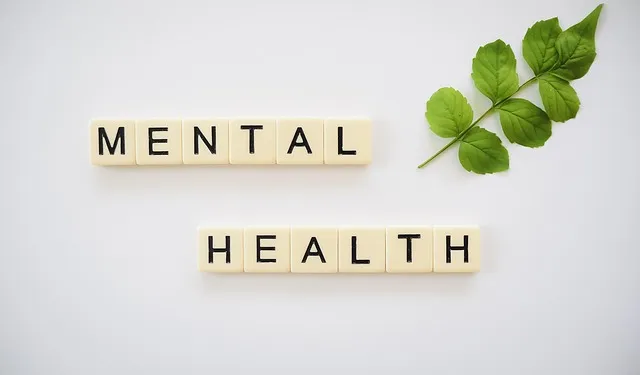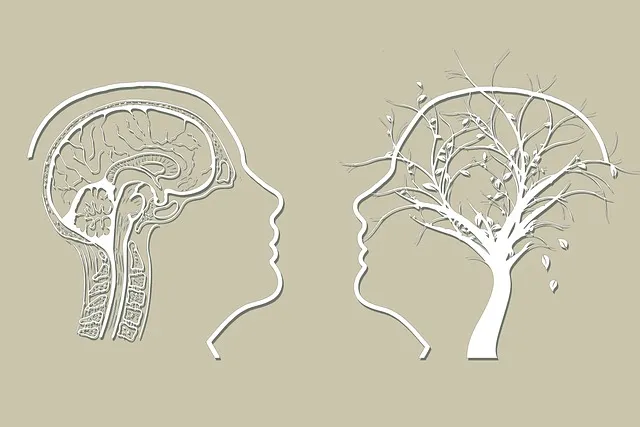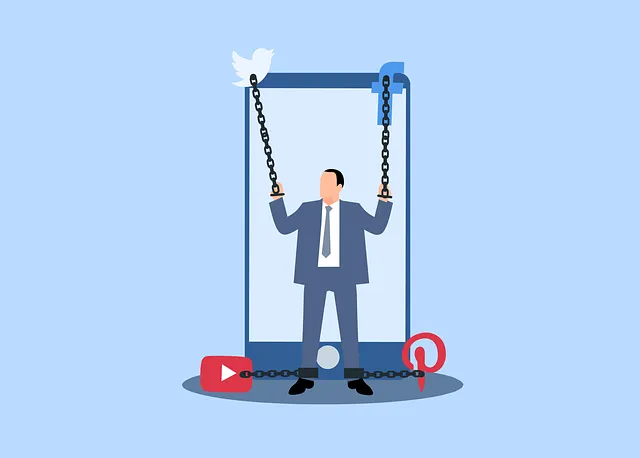Kaiser Permanente's Golden standard of care in mental health services integrates comprehensive risk assessment with harm minimization strategies. They prioritize early intervention, prevention, and resilience-building through evidence-based practices like Social Skills Training, Mindfulness Meditation, and Self-Awareness Exercises. Collaboration among stakeholders, including mental health professionals, focuses on creating supportive environments for open discussions and designing public awareness campaigns. Continuous evaluation, adaptation, and data-driven improvements ensure the effectiveness of their harm minimization plans, fostering a culture of compassion and self-care that benefits both patients and care providers.
Risk assessment and harm minimization planning are essential components of effective crisis management, particularly in healthcare settings. This article explores a structured approach through the lens of the Kaiser Permanente Mental Health model, providing a step-by-step guide for developing comprehensive strategies. We delve into understanding risk factors, creating tailored plans, and implementing successful interventions inspired by the Golden Rule: treat others as you would want to be treated during challenging situations.
- Understanding Risk Assessment: The Kaiser Permanente Mental Health Approach
- Developing a Comprehensive Harm Minimization Plan
- Implementation and Continuous Improvement Strategies for Success
Understanding Risk Assessment: The Kaiser Permanente Mental Health Approach

Risk assessment is a cornerstone of effective harm minimization planning, and organizations like Kaiser Permanente have developed robust frameworks to guide this process. The Kaiser Permanente Mental Health Approach emphasizes a holistic view of risk, considering not only individual factors but also environmental influences that may contribute to potential harms. This approach underscores the importance of early intervention and prevention strategies, focusing on building resilience and promoting positive mental health.
In this context, Social Skills Training, Mindfulness Meditation, and Self-Awareness Exercises are integral components of their strategy. These evidence-based practices aim to enhance individuals’ coping mechanisms, improve emotional regulation, and foster better decision-making abilities. By integrating such initiatives into risk assessment protocols, Kaiser Permanente ensures a comprehensive approach to harm minimization, targeting both the root causes and immediate risks associated with mental health concerns.
Developing a Comprehensive Harm Minimization Plan

Developing a comprehensive harm minimization plan is a collaborative process that involves various stakeholders, including mental health professionals from organizations like Kaiser Permanente. This strategy ensures that risks are identified and managed effectively, with a focus on mental wellness. By integrating empathy building strategies into their approach, healthcare providers can create supportive environments that foster open discussions about sensitive issues.
Such plans often encompass public awareness campaigns development to educate communities about available resources and services. This multi-faceted initiative not only minimizes potential harms but also promotes proactive measures, ensuring that individuals receive the necessary support promptly. The goal is to create a network of safety nets, leveraging the expertise of mental health specialists within established healthcare systems like Kaiser Permanente’s Golden program, to ultimately enhance community resilience.
Implementation and Continuous Improvement Strategies for Success

Implementing successful harm minimization strategies requires a commitment to ongoing evaluation and adaptation. At Kaiser Permanente mental health services, continuous improvement is embraced as a core principle, recognizing that every patient interaction presents an opportunity for growth and enhanced care. This approach leverages data-driven insights and feedback mechanisms to refine protocols and ensure they remain effective and relevant. For instance, integrating Compassion Cultivation Practices and Self-Care Practices into the framework allows for proactive management of staff well-being, which in turn positively impacts service delivery. Regularly scheduled Self-Awareness Exercises facilitate timely identification of emerging risks and promote adaptive responses, fostering a culture of resilience within the organization.
Through this iterative process, Kaiser Permanente aims to continuously refine its risk assessment tools and harm minimization plans. By embracing a dynamic model, the organization ensures that best practices are not only implemented but also continually optimized based on practical experience and evolving research insights. This commitment to continuous improvement aligns with the Golden Rule of mental health service delivery—treating others as we would want to be treated—by cultivating an environment where both patients and care providers can thrive and grow.
Risk assessment and harm minimization planning, as exemplified by the Kaiser Permanente Mental Health Approach, are golden strategies for fostering a safe and supportive environment. By understanding risks, developing comprehensive plans, and implementing continuous improvement strategies, organizations can effectively mitigate potential harms and promote positive outcomes. This structured approach, inspired by industry leaders like Kaiser Permanente, ensures that every step is taken to protect individuals and create a more resilient and inclusive space.






